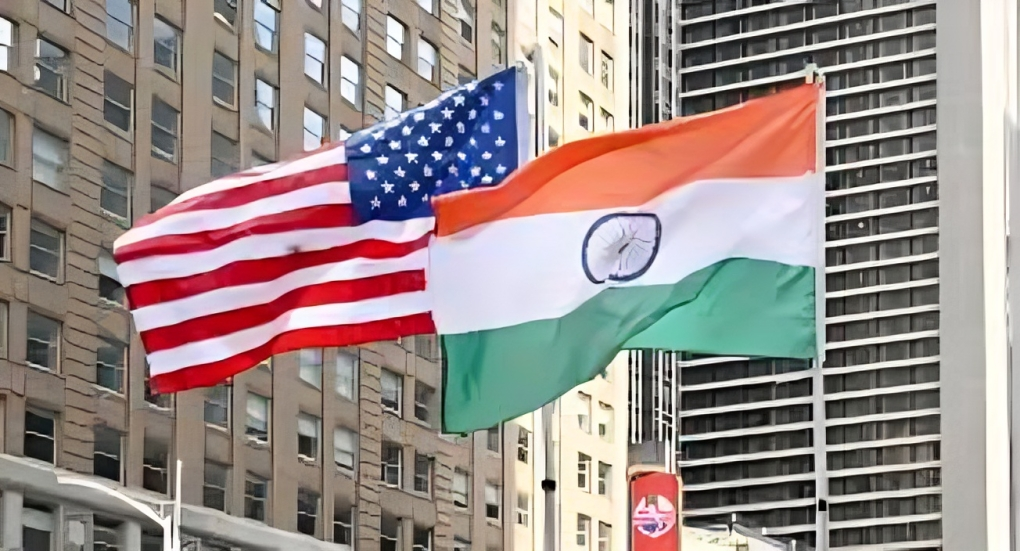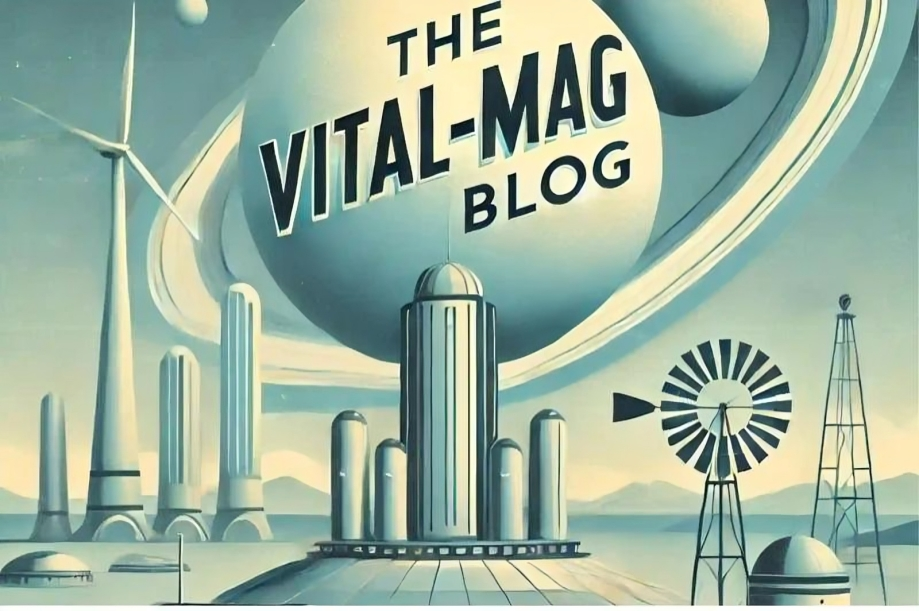Introduction to India and United States
India vs United States: two countries that stand on opposite sides of the globe, yet share a complex relationship steeped in history, commerce, and culture. With vibrant traditions, diverse languages, and rich histories, these nations shape not just their own futures but also influence global trends. India boasts a rapidly growing economy teeming with potential while the US continues to be a powerhouse of innovation and wealth.
As we embark on this comparative analysis of India vs United States, we will explore their economies side by side—delving into GDP figures, per capita income levels, inflation rates—and uncover how cultural differences manifest through religion and social customs. We’ll examine technological advancements that drive innovation in both countries as well as educational systems shaping future generations.
Every nation faces its unique set of challenges; understanding these nuances can provide valuable insights for businesses considering expansion or individuals looking to experience life abroad. Join us as we navigate the intricate tapestry woven from the threads of progress and tradition in both India and the United States.
Overview of Economy in India and United States
India and the United States present two distinct economic landscapes. The US boasts one of the largest economies globally, characterized by a diverse industrial base that includes technology, finance, healthcare, and agriculture.
In contrast, India’s economy is rapidly evolving. It combines traditional sectors like agriculture with burgeoning industries in information technology and telecommunications. This transformation has positioned India as one of the fastest-growing major economies.
GDP figures tell an important story: India’s GDP stood at approximately $3 trillion in 2023, while the US surpassed $25 trillion. However, per capita income reveals a different narrative—around $2,100 for India compared to over $76,000 for America.
Inflation rates also differ significantly between these nations. The US typically experiencing lower inflation due to its robust monetary policy framework faces challenges from global supply chain disruptions affecting prices widely across goods and services in recent years.
GDP, Per Capita Income, Inflation Rate
When comparing the economies of India and the United States, GDP serves as a fundamental indicator. The US boasts one of the largest economies in the world, with a GDP exceeding $25 trillion. This immense figure reflects its diverse industries and global market influence.
India’s economy, while significantly smaller at around $3 trillion, is rapidly growing. With a youthful population and increasing consumer spending, it shows signs of potential for substantial growth.
Per capita income starkly contrasts between these two nations. In the US it hovers around $76,000 annually, highlighting a high standard of living. Conversely, India’s per capita income stands at approximately $2,100—a reminder of ongoing economic disparity despite progress.
Inflation rates also present intriguing dynamics; India often experiences higher inflation than the US driven by various factors such as food prices and currency fluctuations. Understanding these metrics reveals much about each country’s economic landscape.
Cultural Differences between India and United States
Cultural differences between India and the United States are vast and fascinating. In India, family is paramount. Relationships often dictate daily life decisions, with extended families living together or in close proximity.
In contrast, many Americans prioritize individualism. Personal achievements and self-reliance guide their choices, fostering a different social dynamic.
Language also plays a pivotal role. While English is widely spoken in both nations, India’s rich tapestry of regional languages reflects its diverse heritage. This linguistic variety influences communication styles across settings.
Social customs differ too. Indian festivals often involve elaborate rituals that bring communities together for vibrant celebrations. Meanwhile, American holidays like Thanksgiving focus on gratitude but emphasize personal gatherings over communal festivities.
Religion shapes cultural practices differently as well; India boasts numerous faiths coexisting harmoniously while the US though predominantly Christian, embraces religious pluralism more publicly—encouraging open dialogue about beliefs and traditions from around the world.
Religion, Language, Social Customs
Religion in India is a vibrant tapestry. Hinduism, Islam, Christianity, Sikhism, and Buddhism coexist harmoniously. Festivals like Diwali and Eid bring communities together, showcasing the country’s rich spiritual diversity.
In contrast, the United States embraces religious pluralism as well. Here, Christianity predominates but various religions thrive side by side. Thanksgiving is celebrated not just as a harvest festival but also as a time for family unity.
Language serves as another key differentiator. India boasts 22 officially recognized languages including Hindi and Bengali. English acts as a bridge among its diverse linguistic groups.
The US meanwhile, primarily communicates in English but recognizes Spanish due to its large Hispanic population. Social customs vary widely too; while handshakes are common in America, greeting with folded hands (Namaste) is typical in Indian culture.
Both nations exhibit unique social traditions that reflect their historical journeys and identities.
Innovation in India and United States
Innovation in India is booming, driven by a vibrant start-up culture. Cities like Bangalore and Hyderabad are emerging as tech hubs. Young entrepreneurs are creating solutions that address local problems, from fintech to health tech.
In contrast, the United States remains a leader in global innovation. Silicon Valley continues to attract talent and investment unmatched anywhere else. Companies like Google and Apple set trends that ripple across industries worldwide.
Both nations prioritize technology but approach it differently. India’s innovations often cater to its vast population’s needs with frugal engineering. Meanwhile, US based firms tend to focus on high-end consumer technologies.
Collaboration between these two countries is increasing too. Start-ups in India partner with American firms for funding and expertise while embracing diverse ideas from both cultures enhances creativity further.
Technological Advancements, Start-Up Culture
India and the United States are powerhouses of innovation, each with its own unique approach to technological advancements. The US has long been a leader in pioneering technologies, from Silicon Valley’s tech giants to groundbreaking research institutions. This ecosystem thrives on venture capital, attracting talent globally.
In contrast, India’s start-up culture has exploded in recent years. With a young population and increasing access to technology, entrepreneurs are shifting paradigms across various sectors like fintech, e-commerce, and health tech. Government initiatives such as “Startup India” have further fueled this growth.
Both countries exhibit distinct traits: while the US focuses on scale and profitability early on, Indian startups often emphasize social impact alongside economic viability. Collaboration between these two nations is fostering an exchange of ideas that propels global innovation forward.
Education Systems in India and United States
The education systems in India and the United States exhibit distinct characteristics shaped by their unique cultures and histories. In India, a strong emphasis is placed on rote learning, particularly in subjects like mathematics and science. Students often prepare for competitive exams that determine higher education opportunities.
In contrast, the US system encourages critical thinking and creativity. American schools promote project-based learning, allowing students to explore their interests more freely. Extracurricular activities play a vital role in shaping well-rounded individuals.
Primary education is compulsory in both countries; however, access to quality resources can vary significantly within regions of India compared to the more uniform structures found across most states in the US. Higher education also diverges sharply; while many Indian universities focus on specialized fields, American institutions offer diverse programs fostering interdisciplinary studies and innovation-driven research.
Primary, Secondary, and Higher Education
Education forms the backbone of a nation’s progress, and both India and the United States showcase distinct approaches.
In India, primary education has become more accessible due to government initiatives. However, challenges like overcrowded classrooms persist. Secondary education is often rigorous, focusing heavily on exams. Students face immense pressure but also develop resilience.
The US system places significant emphasis on creativity and critical thinking from an early stage. Primary schools encourage exploration while secondary institutions offer diverse courses tailored to student interests.
When it comes to higher education, both countries boast prestigious universities. India’s IITs are renowned for engineering excellence, whereas US Ivy League institutions set global benchmarks in various fields.
Financial barriers can affect access in both systems; scholarships help some students pursue their dreams despite these hurdles. The cultural values surrounding education further influence how each country nurtures its youth academically.
Healthcare Systems in India and United States
The healthcare systems in India and the United States showcase stark contrasts.
In the US healthcare is largely privatized. Patients often rely on insurance coverage, which can create barriers to access for many. High costs dominate, leading to concerns about affordability and equity.
India presents a different landscape. While it has a mix of private and public services, many citizens depend on government facilities that are often overburdened. Access varies significantly between urban and rural areas.
Quality of care also diverges widely between the two nations. The US boasts advanced medical technology and highly trained professionals, yet struggles with disparities in health outcomes across demographics.
In India, traditional practices coexist alongside modern medicine—Ayurveda remains popular among many communities. This blend highlights cultural approaches to health that differ from those seen in America’s tech-driven environment.
Both countries continue facing challenges regarding accessibility, making healthcare a critical issue for their respective populations.
Access, Affordability, Quality of Care
Access to healthcare in India and the United States varies significantly. In the US many citizens enjoy a wide range of services, yet access can be hindered by insurance complexities and high costs. Many still face challenges despite advancements.
In contrast, India boasts a vast network of public hospitals. However, these facilities often struggle with overcrowding and limited resources. Private care offers better amenities but comes at a steep price, making it less accessible for lower-income populations.
Affordability remains a pressing concern in both nations. While Americans may opt for employer-sponsored health plans or government programs like Medicare, Indian families frequently rely on out-of-pocket expenses that can lead to financial strain.
Quality of care also differs markedly. The US is known for cutting-edge technology and specialized treatments but faces disparities based on geographic location or economic status. India’s healthcare quality varies widely between urban centers and rural areas, affecting patient outcomes drastically.
Political Structures in India and United States
India operates under a parliamentary system. The President serves as the ceremonial head of state, while real power lies with the Prime Minister and their cabinet. This structure allows for robust representation from various states through a bicameral legislature—Lok Sabha and Rajya Sabha.
The United States follows a federal republic model. Here, power is divided between national and state governments. The President leads the nation, supported by Congress—a bicameral body consisting of the Senate and House of Representatives.
Both countries showcase democratic principles but differ in execution. India’s multi-party system reflects its diverse population, allowing regional parties significant influence. Conversely, two dominant parties shape US politics: Democrats and Republicans.
Political culture varies greatly too; India emphasizes collective decisions influenced by caste and community relations, while American politics often focus on individualism and freedoms rooted in constitutional rights.
Government Systems and Leaders
India operates as a federal parliamentary democratic republic. The President serves as the ceremonial head of state, while real political power lies with the Prime Minister and the Council of Ministers. This system encourages participation from various states, reflecting India’s vast diversity.
In contrast, the United States follows a federal presidential constitutional republic model. Here, the President is both head of state and government. The separation of powers among legislative, executive, and judicial branches ensures checks and balances.
Political leaders in India often represent regional parties alongside national ones. In America, two dominant parties—Democrat and Republican—shape much of its political landscape.
Both countries face their share of challenges within these systems. Issues like corruption or partisanship can impact governance significantly in each nation’s unique context.
Global Influence of India and United States
India and the United States wield significant influence on the global stage, shaping economic trends and cultural narratives. The US is often seen as a leader in technology and innovation, driving developments that affect markets worldwide.
Conversely, India’s burgeoning economy positions it as a key player in international trade. With its diverse population and rich heritage, India offers unique perspectives that enrich global dialogues.
Culturally, Bollywood films permeate various corners of the world while American cinema continues to dominate box offices globally. Music from both nations influences countless genres beyond their borders.
Diplomatically, India vs United States countries engage in strategic partnerships aimed at addressing climate change, security issues, and trade agreements. Their collaboration has implications for economies far removed from their shores.
Together or independently, India and the United States significantly shape today’s interconnected world through their dynamic contributions across multiple sectors.
Impact on World Economy and Culture
India and the United States wield significant influence on the global stage. Their economies are intertwined, creating ripples that affect markets worldwide. The US with its technological prowess, often dictates trends in innovation and investment.
Conversely, India’s rapidly growing economy offers a rich market for American businesses. This mutually beneficial relationship fosters collaboration across industries.
Culturally, India vs United States nations have left indelible marks on each other. Bollywood films gain traction in Hollywood, while Indian cuisine has become a staple in American households.
Social media platforms see an exchange of ideas between diverse populations from these two countries. This cultural fusion enriches both societies.
Furthermore, their joint efforts to tackle global challenges—like climate change—highlight their roles as leaders on pressing issues impacting humanity at large.
Challenges Faced by both Countries
Both India vs United States grapple with distinct challenges that shape their societies.
In India, rapid urbanization strains infrastructure. Cities face overcrowding, inadequate public transport, and pollution. Unemployment remains a pressing issue despite economic growth.
The US while affluent, contends with income inequality. The wealth gap continues to widen as the middle class shrinks. Racial tensions also persist, creating social unrest in various communities.
Healthcare is another hurdle for both nations. In India, access to quality care varies significantly across regions, especially in rural areas. Meanwhile, Americans often confront high medical costs and insurance complexities.
Environmental concerns loom large too. India’s struggle with air quality impacts health severely; the US., on its part, faces climate change risks affecting natural disasters and agriculture.
Political polarization further complicates solutions in both countries—creating gridlocks that hinder progress on pressing issues like education and climate action.
Conclusion
India and the United States are two nations with rich histories, diverse cultures, and dynamic economies. Each has carved its unique path on the global stage while influencing each other in various ways.
The economic landscape reflects stark contrasts. The US leads with a higher GDP and per capita income, yet India’s rapid growth presents significant opportunities for development. Inflation rates vary too, impacting purchasing power differently across both countries.
Culturally, India is a tapestry of languages and religions that enrich society’s fabric. Meanwhile, the United States showcases its diversity through social customs shaped by immigration and globalization.
Innovation thrives in India vs United States nations but manifests uniquely. The US known as a tech powerhouse fosters groundbreaking advancements largely driven by startups in Silicon Valley. Conversely, India’s startup culture is burgeoning rapidly with homegrown solutions addressing local challenges.
Education systems differ significantly from primary to higher education levels. While the US emphasizes liberal arts education fostering critical thinking, India’s educational focus traditionally leans towards STEM fields.
Healthcare access remains an ongoing challenge for India vs United States countries: affordability varies widely within their respective healthcare frameworks affecting overall quality of care experienced by citizens.
Political structures also reflect contrasting values; democratic principles guide governance in both places but manifest through different leadership styles and policies shaping national agendas.
As these two influential nations continue to evolve individually and collaboratively on issues like climate change or global trade relations, they face numerous challenges ahead—yet this interplay between them offers immense potential for a shared future filled with innovation and progress.










